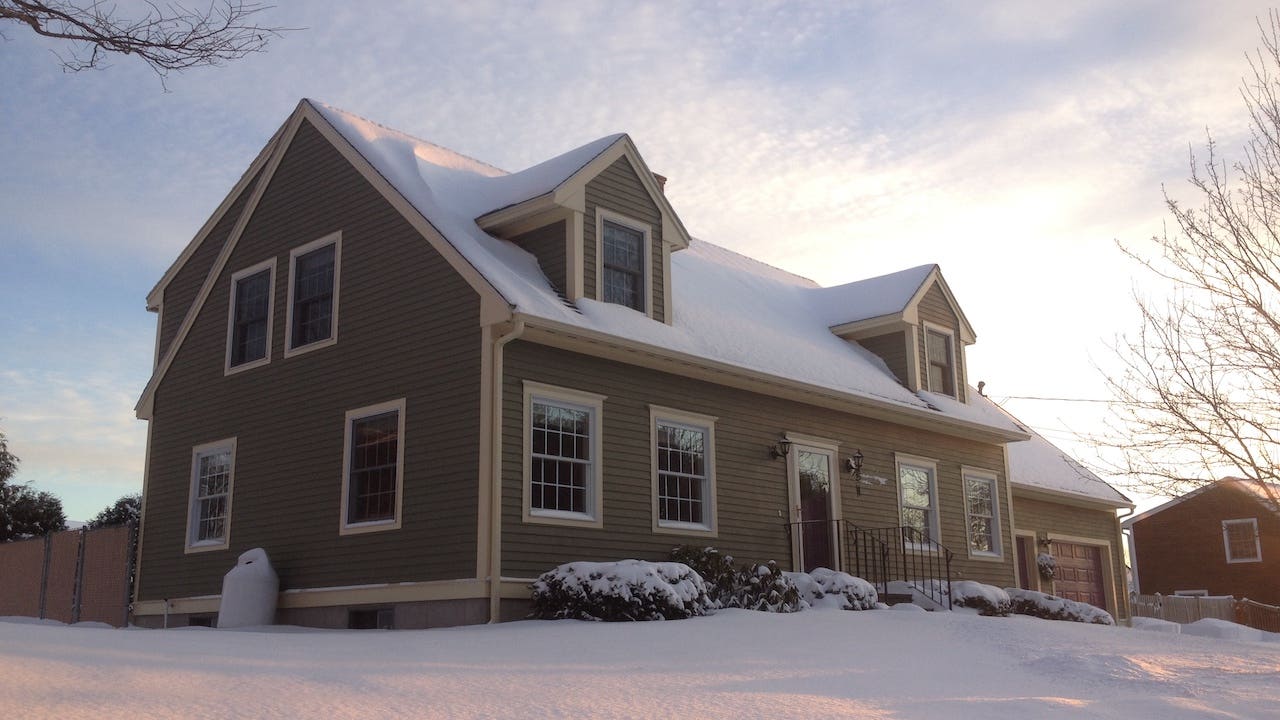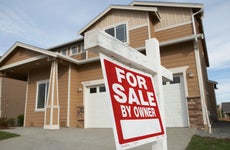5 housing trends for 2022: What’s ahead for mortgage rates, home prices, demographic trends?

The Bankrate promise
At Bankrate we strive to help you make smarter financial decisions. While we adhere to strict , this post may contain references to products from our partners. Here's an explanation for .
The coronavirus pandemic roiled the housing market in many ways. Mortgage rates plumbed new depths. Home prices soared. Americans decided they needed more space.
After a record-breaking run in 2020 and 2021, the housing market could calm down in 2022. Here’s what to expect in the coming year.
1. Mortgage rates will (probably) rise
Mortgage rates plunged in 2020. The average rate on a 30-year loan fell to an all-time low of 2.93 percent in January 2021, according to Bankrate’s national survey of lenders. Nearly everyone expects mortgage rates to climb in 2022.
“The combination of rising inflation and consumer spending is driving mortgage rates higher,” says Sam Khater, Freddie Mac’s chief economist.
There’s no doubt that record-low mortgage rates spurred the housing craze of 2020 and 2021. Some think it was the most important factor in the housing boom.
“Interest rates have been the No. 1 driver,” says Nick Bailey, president of major real estate brokerage RE/MAX.
But rates are on the rise. The Mortgage Bankers Association expects the average rate on a 30-year loan to reach 4 percent by the end of 2022.
How will that affect home sales and prices? The answer isn’t clear, but there are past examples of housing markets booming even as mortgage rates rose.
In the 1980s, mortgage rates soared as high as 18 percent, yet Americans still bought homes. In the 1990s, rates of 8 percent to 9 percent were common, and Americans continued snapping up homes. During the housing bubble of 2004 to 2007, mortgage rates were higher than they are today.
“Prices are incredibly resilient to rising mortgage rates,” says Odeta Kushi, deputy chief economist at title insurer First American.
2. Price appreciation is slowing — finally
After an intense run-up, home prices seem to be cooling at last. The median price of homes sold by Realtors soared from $280,700 in March 2020, the start of the pandemic, to $362,800 in June 2021, an increase of 29 percent. However prices have held in the $350,000 range since then.
National Association of Realtors Chief Economist Lawrence Yun says home sales will take a breather after what he calls a “spectacular” housing market in 2020 and 2021. He expects home price appreciation of 2.8 percent in 2022, down from 14.7 percent in 2021.
The slowdown is healthy in many ways. If appreciation does indeed decelerate, Americans no longer will face the frightening prospect of home values far outpacing their pay raises. And buyers won’t face bidding wars.
“It’s a better environment for buyers when it’s not so out of control,” says Leigh Brown, a Realtor in Concord, North Carolina.
Most in the real estate industry welcome a calmer market. But few expect prices to fall.
“You can’t keep going up 20 percent a year. That’s obviously not sustainable,” says James McGrath, co-founder of Yoreevo, a New York City-based real estate brokerage. “But at the same time, there’s not an argument that prices are going to go down. I don’t really see much that could tip the market dramatically.”
3. Housing affordability remains a challenge
By taking money out of some Americans’ paychecks and creating a housing shortage, the coronavirus delivered a blow to housing affordability. However, in a countertrend that has softened the blow to buyers’ budgets, the pandemic drove mortgage rates to record lows.
The National Association of Home Builders estimates the median price of all new and existing homes sold in the United States rose to $355,000 in the summer of 2021 from $320,000 in the third quarter of 2020.
As a result of skyrocketing prices, it’s getting harder for Americans to afford homes. Just 56.6 percent of homes sold during the third quarter were affordable to families earning a typical income. That was unchanged from the second quarter but down from 63.1 percent in the first quarter of this year and 66 percent in the first quarter of 2020, according to the National Association of Home Builders/Wells Fargo Housing Opportunity Index.
The affordability squeeze is especially acute in California, where home prices have soared far out of the reach of typical workers.
4. iBuyers’ offers won’t be so aggressive.
During the pandemic-spurred housing boom, iBuyers, or instant buyers, became aggressive buyers of homes in Sun Belt markets. In 2021, Opendoor, Offerpad and Zillow Offers paid homeowners above market price fortheir properties.
Skeptics wondered whether Zillow’s premium bids and modest fees made business sense. In early November, Zillow conceded that it has been paying too much for properties, even in a market characterized by soaring home values. Zillow shut down its Zillow Offers unit.
Stefan Peterson, co-founder of Zavvie, a real estate technology company that works with brokerages to help sellers compare offers from iBuyers, says the remaining iBuyers are still going strong. But he says offers won’t be so generous.
“It’s been kind of an open secret that iBuyers were making very strong offers,” Peterson says. “They seem to be coming back down to earth, but they’re still very close to 100 percent of (market value).”
5. Hispanic homebuying will gain momentum
Latinos, already a prominent force in the U.S. housing market, are about to take over as the nation’s dominant group of homebuyers. A study by the Urban Institute forecasts that Hispanics will emerge as the largest group of buyers in the coming years.
The nonprofit predicts that by 2040, fully 70 percent of new U.S. homeowners will be Hispanic. While surging home prices have created challenges for first-time buyers, the demographic wave is still coming.
“There’s no question Latino homebuyers are going to be a major force this year and in the years to come,” says Gary Acosta, CEO of the National Association of Hispanic Real Estate Professionals.
Learn more:
Related Articles



